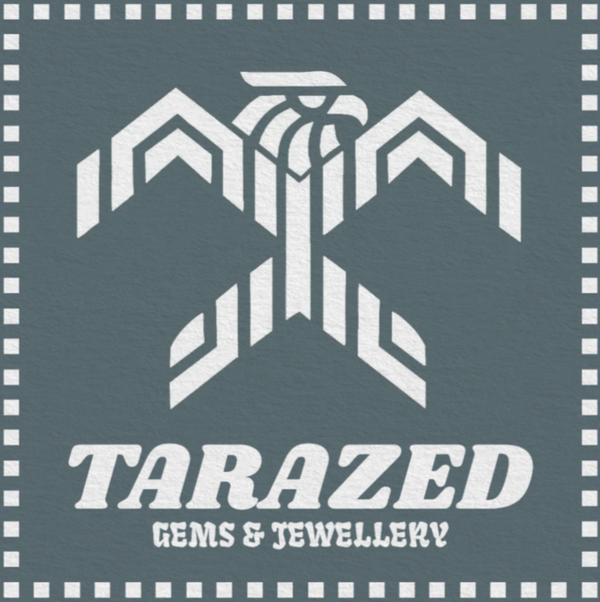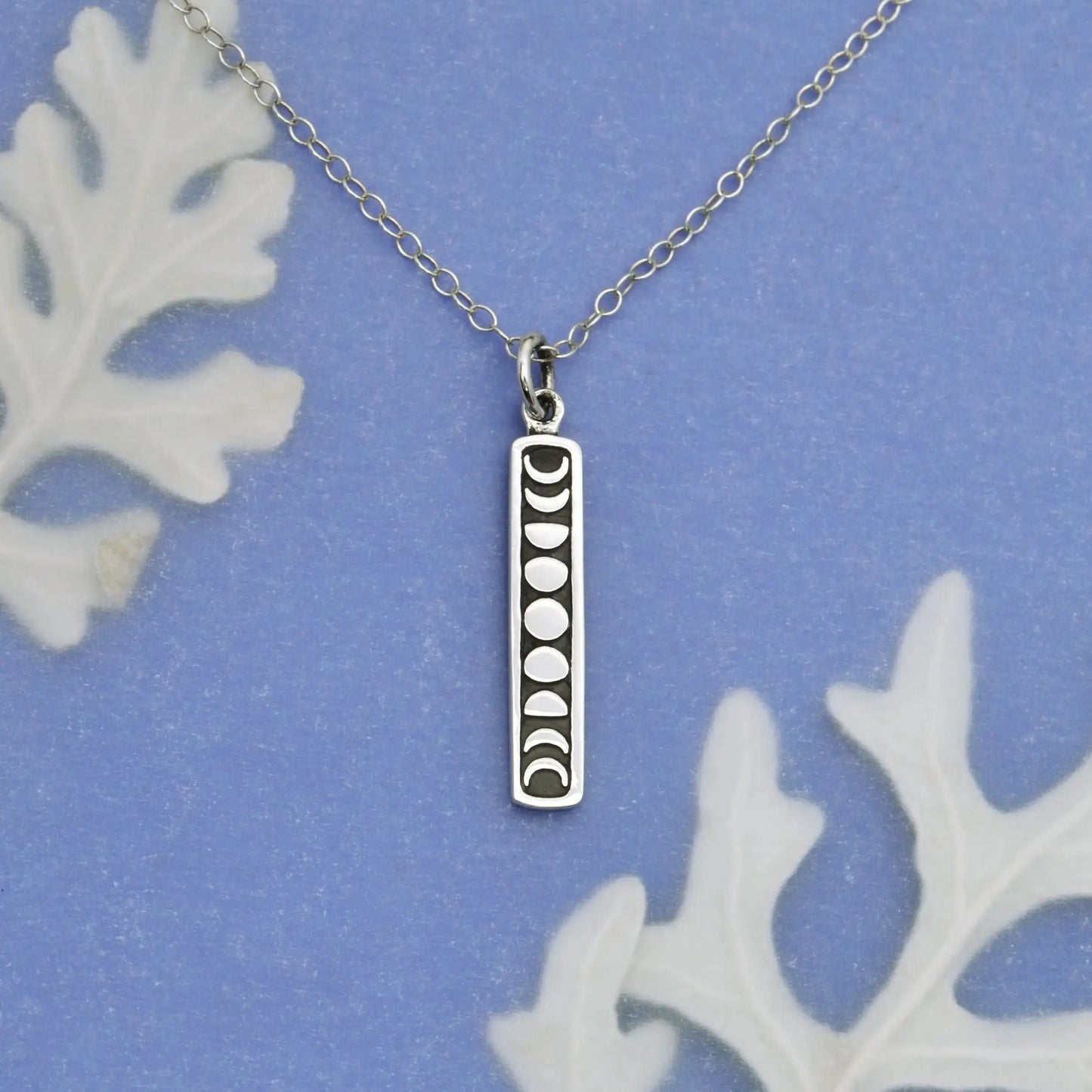Tarazed Gems & Jewellery
Moon Phase Sterling Silver Necklace
Moon Phase Sterling Silver Necklace
Couldn't load pickup availability
Moon Phase Sterling Silver Necklace
Origin: Thailand
Material: Sterling Silver (925)
Pendant Approximate Dimensions: 2.1cm x 0.4cm x 0.1cm
Chain Length: 46cm (18")
Weight: 2g
10% of this purchase will be donated to The Biodiversity and Nature Conservation Association (BANCA)
Since prehistoric and ancient times humans have depicted and interpreted the Moon, particularly for astrology and religion, as lunar deity.
Iconographically the crescent was used in Mesopotamia as the primary symbol of Nanna/Sîn, the ancient Sumerian lunar deity, who was the father of Innana/Ishtar, the goddess of the planet Venus and Utu/Shamash, the god of the Sun all three often depicted next to each other.
The crescent was further used as an element of lunar deities wearing headgears or crowns in an arrangement reminiscent of horns, as in the case of the ancient Greek Selene or the ancient Egyptian Khonsu. Selene is associated with Artemis and paralleled by the Roman Luna, which both are occasionally depicted driving a chariot, like the Hindu lunar deity Chandra.
The different or sharing aspects of deities within pantheons has been observed in many cultures, especially by later or contemporary culture, particularly forming triple deities. The Moon in Roman mythology for example has been associated with Juno and Diana, while Luna being identified as their byname and as part of a triplet (diva triformis) with Diana and Proserpina, Hecate being identified as their binding manifestation as trimorphos.
The star and crescent arrangement goes back to the Bronze Age, representing either the Sun and Moon, or the Moon and planet Venus, in combination. It came to represent the goddess Artemis or Hecate, and via the patronage of Hecate came to be used as a symbol of Byzantium, possibly influencing the development of the Ottoman flag, specifically the combination of the Turkish crescent with a star. Since then the heraldric use of the star and crescent proliferated becoming a popular symbol for Islam (as the hilal of the Islamic calendar) and for a range of nations.
In Roman Catholic Marian veneration, the Virgin Mary (Queen of Heaven) has been depicted since the late middle ages on a crescent and adorned with stars. In Islam Muhammad is particularly attributed with the Moon through the so-called splitting of the Moon (Arabic: انشقاق القمر) miracle.
The contrast between the brighter highlands and the darker maria have been seen by different cultures forming abstract shapes, which are among others the Man in the Moon or the Moon Rabbit (e.g. the Chinese Tu'er Ye or in Indigenous American mythologies, as with the aspect of the Mayan Moon goddess).
In Western alchemy silver is associated with the Moon, and gold with the Sun.
Color may vary in images and videos due to different lightings and angles.




